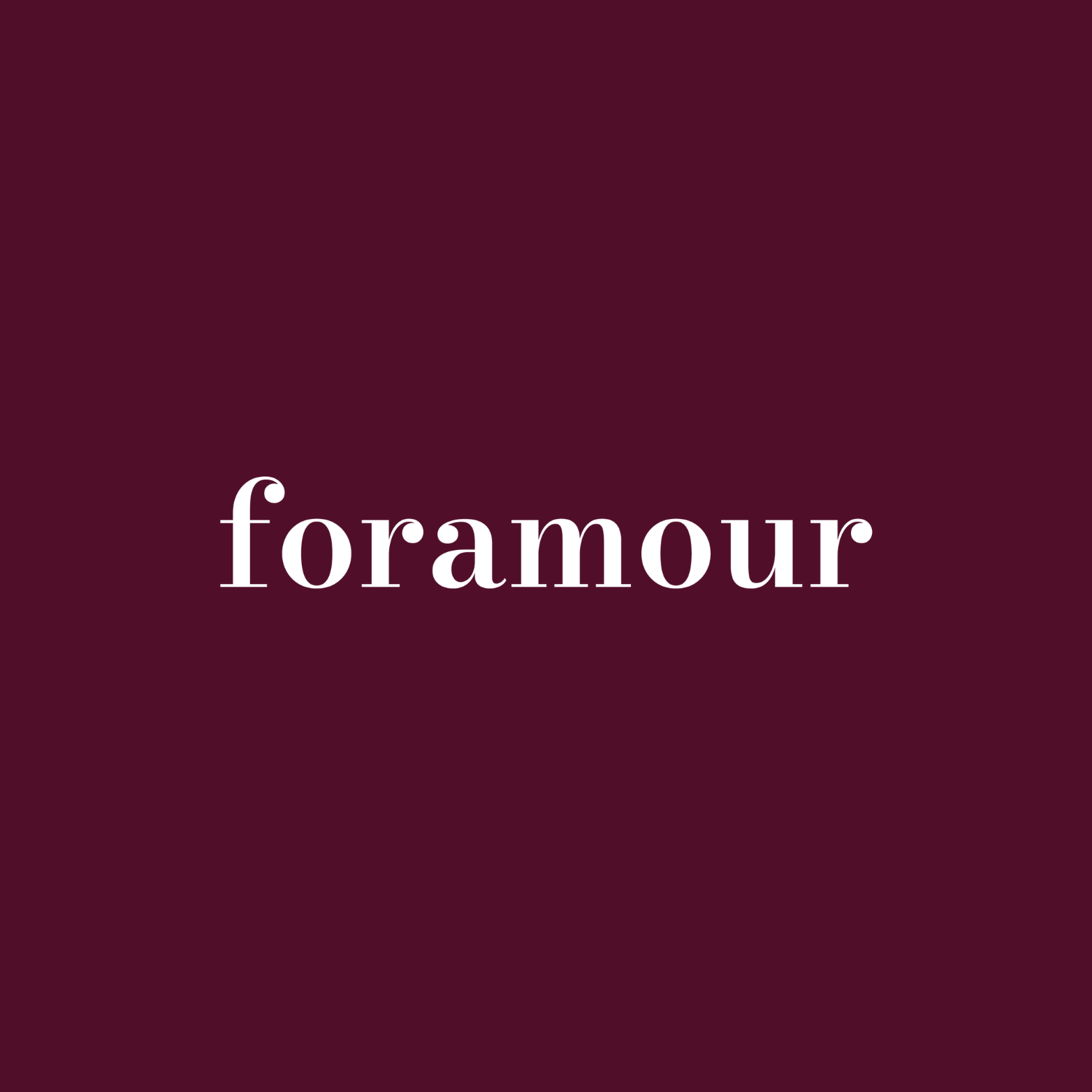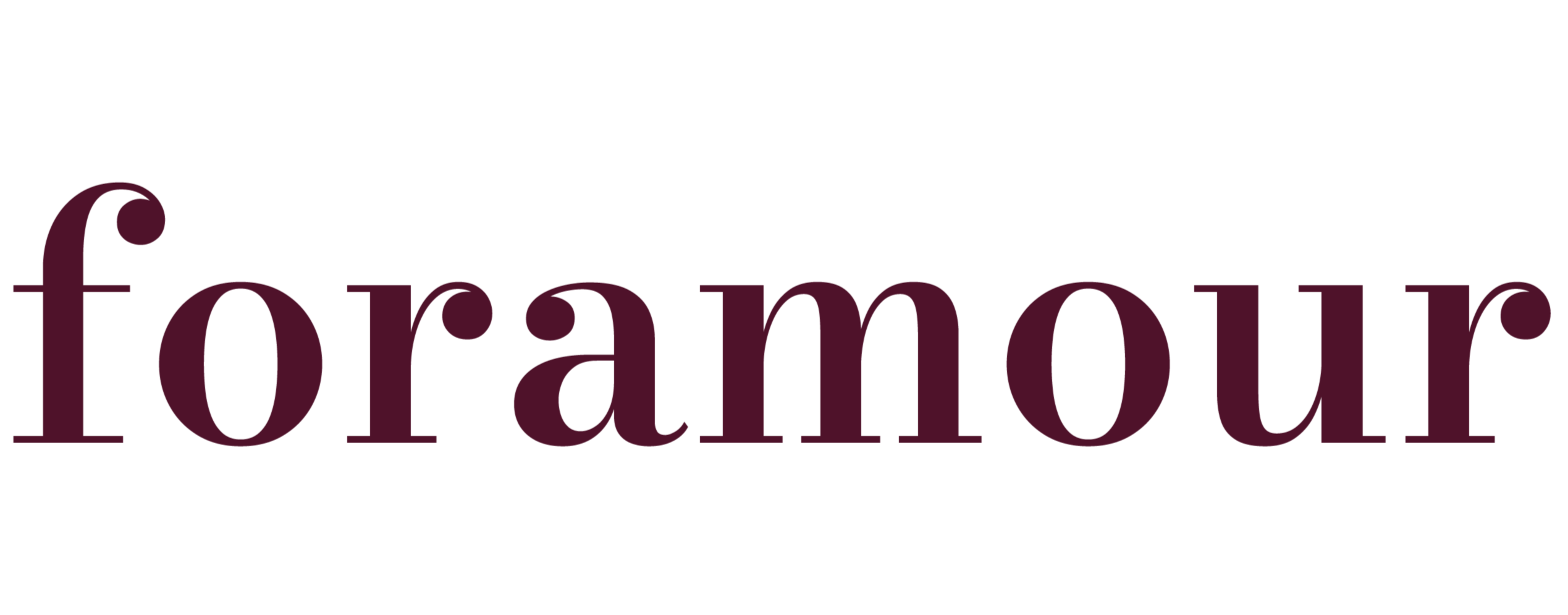
The Growing Popularity of Minimalist Jewelry Among Modern Women
by flareAI on Oct 13 2025
As Indian urban consumers seek elegance, comfort, and sustainability, lightweight everyday pieces are redefining jewellery trends and reshaping retail strategies in the jewellery/accessories sector.
In the vibrant streets of Delhi's Chandni Chowk or the sleek malls of Bengaluru, a subtle transformation is taking place. Women are swapping heavy, ornate necklaces for delicate chains and simple studs that blend seamlessly with their fast-paced lives. This embrace of minimalist jewelry reflects deeper changes in Indian society where tradition meets modernity, and elegance is found in understatement. As careers flourish and lifestyles evolve, these unassuming pieces are not just accessories; they're symbols of empowerment and practicality.
Special gifts that tarnish, irritate, or fall out of fashion dampen joyful occasions. That disappointment clouds memories meant to endure. Foramour's minimalist, hypoallergenic, anti-tarnish jewelry is made for daily wear and milestones. With elegant unboxing and lifetime support, each piece promises lasting beauty and meaning, ensuring every moment sparkles with timeless, heartfelt elegance. Shop Now!
The Essence of Minimalism in Indian Jewelry
Minimalist jewelry, in the Indian context, emphasizes delicate, lightweight designs with versatile appeal and simple motifs. Gone are the days when jewelry was solely about grandeur; today, it's about pieces that enhance without overwhelming. This shift is driven by changing demographics, including greater workforce participation among women, rapid urbanization, and rising disposable incomes among younger generations. For fashion jewelry and accessories retailers, this means adapting to new demand patterns rethinking product designs, marketing approaches, inventory management, and even supply chains to cater to a more discerning, style-conscious clientele.
Globally, the trend underscores a broader movement. Recent analyses show the international minimalist jewelry sector attained a value of USD 15.6 billion in 2024, fueled by strong buyer enthusiasm and shifting style preferences. Projections indicate a steady expansion at a 6.2% compound annual growth rate between 2025 and 2033, arriving at USD 26.6 billion by the end of the period. Key drivers include consumer's pivot to refined, multi-purpose items, bolstered by growing financial flexibility and digital platforms highlighting clean, graceful aesthetics. Notably, the surge stems from a craving for adaptable adornments that suit diverse outfits, with younger demographics like millennials and Gen Z favoring subtle sophistication for daily integration, mirroring wider minimalistic shifts in apparel and living spaces.
Emerging Trends Shaping the Market
A prominent trend is the move toward everyday wear and lightweight options. The World Gold Council reports increasing interest among India's younger buyers for lightweight gold items designed for routine use, such as chains and rings. Plain gold maintains an 80-85% market dominance, yet lighter, simpler styles are experiencing notable uptake.
The balance between fashion and traditional bridal pieces is also evolving. While weddings and festivals still propel gold demand, with bridal items comprising about 50-55% of sales according to TechSci Research, everyday fashion jewelry is rising in prominence. Urban women view minimalist designs as ideal complements to both ethnic and Western attire, as highlighted by Markets and Data.
Sustainability and ethical innovations are gaining traction too. Brands are incorporating recycled or environmentally friendly materials into minimalist offerings, as seen with designers at the Sneha Rateria Store. Studies on Indian millennial's sustainable habits reveal that "aware" or "conscious" buyers prioritize ethical elements in their choices, per insights from ResearchGate.
Digital influences are accelerating this. E-commerce is booming, with forecasts showing substantial online expansion in India's jewelry sector, again from Markets and Data. Social media and blogs shape tastes toward lighter motifs and personalization, with Indian media touting "sleek elegance" as a core theme, as covered by The Times of India.
Looking at global parallels, fresh insights reveal the minimalist jewelry arena worldwide stood at USD 5.8 billion in 2024, set to advance from USD 6.2 billion in 2025 to USD 9.1 billion by 2030, achieving a 7.1% compound annual growth rate over that span. Momentum comes from heightened interest in discreet, adaptable items, greater emphasis on eco-conscious and moral creations, and broader uptake of customized micro-engraved options. Such engravings provide refined personalization while preserving clean looks. North America dominates, but Asia-Pacific is the swiftest expander. Emerging are intelligent minimalist pieces embedding subtle tech like NFC or health trackers, alongside designs tailored for women emphasizing fit and daily ease.
Real-World Examples and Market Insights
Indian direct-to-consumer brands are at the forefront. For instance, Shineers promotes collections via their Minimalist Jewellery Trend blog, targeting millennials and professionals with everyday lines.
Market analyses reinforce this. Redseer's Industry Report on Jewellery Market in India points to escalating demand for convenience, quality, and routine wear among city dwellers.
Gold sector giants are adapting, with chain stores deriving 50-60% of revenue from fast-selling everyday items like chains and rings, aligning with minimalist vibes, as per the World Gold Council.
Recent trends indicate continued momentum in India's jewelry market. Valued at over USD 91 billion in 2025, the sector is expected to expand steadily over the coming years, reflecting strong consumer demand, growing adoption of modern retail formats, and rising interest in personalized and sustainable pieces. driven by cultural ties, income growth, and organized retail. Lightweight minimalist trends persist, with brands like Arvino expanding stores and launching modern collections in April 2025. Similarly, US brand Angara debuted in India that month, focusing on customizable, digital-savvy experiences.
Navigating Challenges and Limitations
Cultural norms pose hurdles. Ornate, heavy jewelry holds deep significance for weddings and festivals, where minimalist options may fall short. Many still regard substantial gold as emblems of status and security, notes the World Gold Council.
Price dynamics add complexity. Despite using less material, minimalist pieces demand premium craftsmanship, elevating costs amid volatile precious metal prices. Brands must craft narratives to justify value.
Design integrity is crucial ensuring thin items endure daily use without fading or breaking, particularly in fashion segments. Striking a balance between simplicity and uniqueness avoids blandness.
Supply chain issues affect smaller players, from sourcing sustainable materials to consistent production. Inventory management risks arise with trend-sensitive designs, demanding agile strategies to prevent excess stock.
Unlocking Opportunities and Efficiencies
The market's potential is immense. India's jewelry sector, valued at USD 87.82 billion in FY2024, is forecasted to hit USD 195.35 billion by FY2032 at a 10.51% CAGR, offering ample space for minimalist growth. Target segments include urban millennials, Gen Z, and professionals seeking adaptable wear.
Innovation thrives with materials like lower-carat gold, alloys, silver, or plating for affordability. Ethical sourcing and recycled elements serve as unique selling points.
Omnichannel tactics enhance reach, displaying vast minimalist arrays online while cutting costs for compact items. Influencer and social media campaigns spotlight versatility.
Branding leverages tales of minimalism, eco-friendliness, and "everyday luxury," while personalization via engravings fosters personal bonds.
Manufacturing gains from lighter design's reduced material needs, lowering logistics expenses and boosting profits. Advanced methods like precision casting and CAD minimize waste while upholding standards.
Daily wear segments show promise, valued at INR 1,947 billion in CY2023 with a 17% CAGR from 2021-2023, projected to 15-17% growth to INR 4,100-4,200 billion by CY2028, per Redseer. Urban areas drive this, with Tier 1 and 2 cities leading.
Looking Ahead: Insights and Strategies
Industry experts warn of generational shifts. The World Gold Council highlights younger Indian women's waning emotional ties to heavy traditional gold, paving the way for minimalist alternatives.
The outlook is optimistic, with sustained demand in affluent, connected urban groups. Expect hybrid styles merging minimal and heritage elements.
For retailers and brands, key recommendations include blending minimalist ranges with wedding staples, prioritizing superior finishes to dodge commoditization, and amplifying sustainability in messaging. Harness data from surveys and trends for foresight, streamline supply chains for lightweight goods, and fortify omnichannel setups with vivid online displays and in-store trials.
Monitor risks like soaring metal costs, fakes eroding trust, market saturation causing price drops, and evolving fashions. Yet, as 2025 trends reveal from pastel gems to sustainable fusions minimalism remains a cornerstone, blending heritage with contemporary flair.
In this evolving landscape, minimalist jewelry isn't just a trend; it's a statement of modern India's poised, purposeful women. As the sector adapts, those who innovate with credibility and insight will lead the charge.
Frequently Asked Questions
What is minimalist jewelry and why is it becoming popular among Indian women?
Minimalist jewelry emphasizes delicate, lightweight designs with versatile appeal and simple motifs that can be worn daily. It's gaining popularity among Indian women because it perfectly suits their fast-paced modern lifestyles, offering elegance without overwhelming their professional and casual outfits. This trend reflects deeper societal changes where career-focused women seek practical accessories that enhance rather than dominate their look.
How big is the minimalist jewelry market and what's driving its growth?
The global minimalist jewelry sector was valued at USD 15.6 billion in 2024 and is projected to reach USD 26.6 billion by 2033, growing at a 6.2% compound annual growth rate. The growth is driven by millennials and Gen Z consumers who prefer subtle sophistication for daily wear, increased disposable income, and the influence of social media promoting clean, graceful aesthetics. The trend also aligns with broader minimalistic shifts in fashion and lifestyle choices.
What challenges do minimalist jewelry brands face in the Indian market?
Minimalist jewelry brands in India face several key challenges including cultural resistance, as ornate heavy jewelry still holds deep significance for weddings and festivals where lighter pieces may seem inadequate. Price sensitivity is another issue since minimalist pieces require premium craftsmanship despite using less material, making it difficult to justify costs amid volatile precious metal prices. Additionally, brands must ensure design integrity so that delicate pieces can withstand daily wear without compromising quality or durability.
Disclaimer: The above helpful resources content contains personal opinions and experiences. The information provided is for general knowledge and does not constitute professional advice.
You may also be interested in: Custom Jewellery Gains Ground in Emotional Gift-Giving – foramour
Special gifts that tarnish, irritate, or fall out of fashion dampen joyful occasions. That disappointment clouds memories meant to endure. Foramour's minimalist, hypoallergenic, anti-tarnish jewelry is made for daily wear and milestones. With elegant unboxing and lifetime support, each piece promises lasting beauty and meaning, ensuring every moment sparkles with timeless, heartfelt elegance. Shop Now!
Powered by flareAI.co
Share


